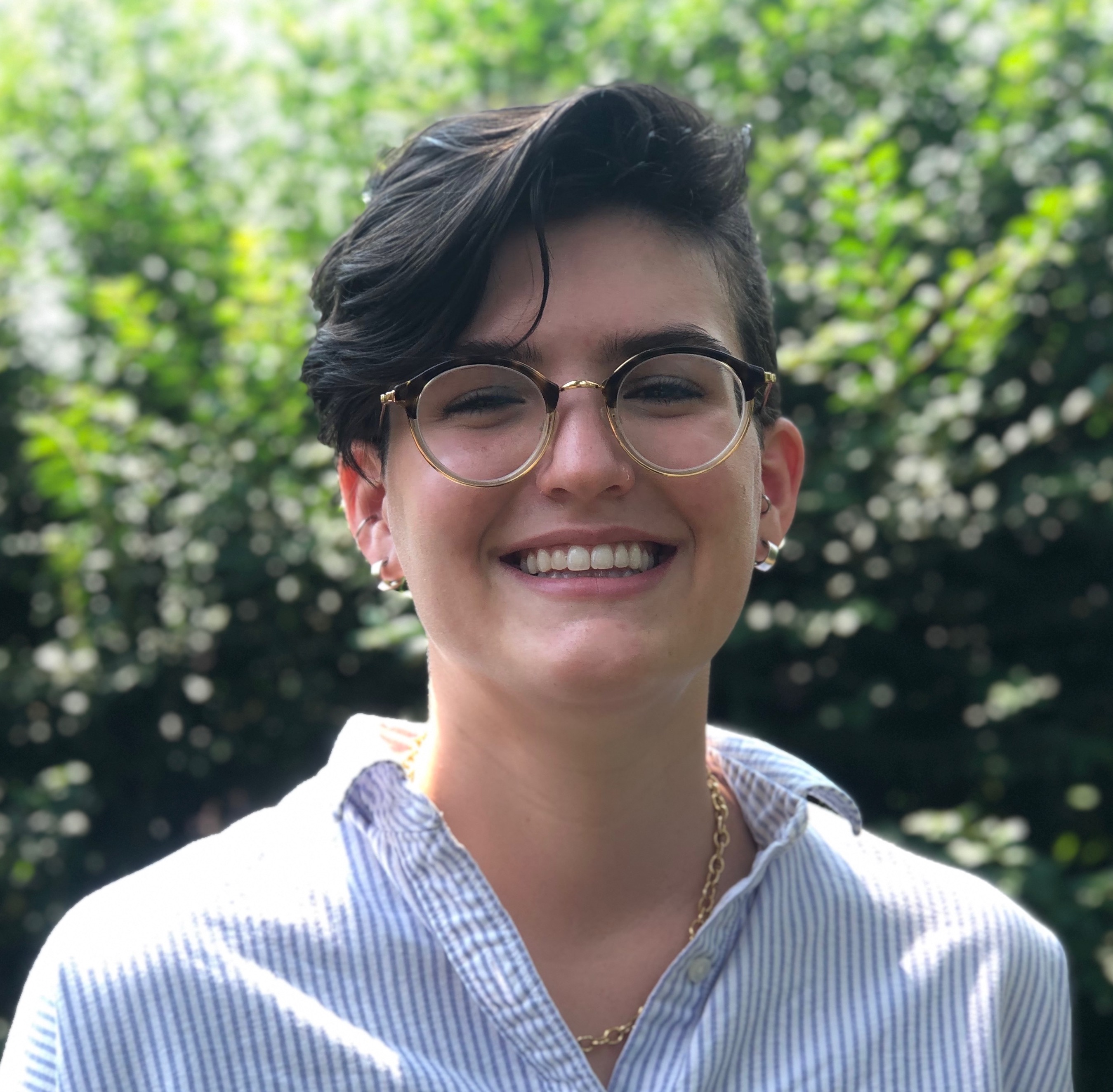Symposia
Research Methods and Statistics
2 - (SYM 24) Personalized Models for Social Context Detection Using Passively Sensed Biobehavioral Data
- ML
María Larrazabal, MS (they/them/theirs)
Graduate Student
University of Virginia
Charlottesville, Virginia - ZW
Zhiyuan Wang, B.S.
Graduate Student
University of Virginia
Charlottesville, Virginia - MR
Mark Rucker, M.S.
Graduate Student
University of Virginia
Charlottesville, Virginia 
Emma R. Toner, M.A.
Graduate Student
University of Virginia
Charlottesville, Virginia
Katharine E. Daniel, M.A.
Clinical Psychology PhD Student
Massachusetts General Hospital / Harvard Medical School
Charlottesville, Virginia- MB
Mehdi Boukhechba, PhD
Senior Scientist
Johnson & Johnson
Charlottesville, Virginia - LB
Laura Barnes, PhD
Associate Professor
University of Virginia
Charlottesville, Virginia - BT
Bethany Teachman, Ph.D. (she/her/hers)
University of Virginia
Charlottesvle, Virginia
Speaker(s)
Co-author(s)
Just-in-time-adaptive interventions (JITAIs) are a promising avenue to increase access to care for the many people with social anxiety disorder (SAD) who do not receive in-person clinical services. To successfully deploy JITAIs, we need to first identify when individuals may benefit from an intervention (e.g., when in a threatening social situation). Work to date has demonstrated the feasibility of leveraging biobehavioral information (e.g., accelerometer, skin conductance) to unobtrusively detect potential points of intervention. Importantly, most of this work has relied on nomothetic approaches, and it is unclear whether biobehavioral markers identified from full samples will accurately predict points of intervention at the individual level.
In the present study, we used machine learning to examine the utility of nomothetic biobehavioral markers to predict social contexts relevant to SAD. We also explored the benefits of personalizing models to a specific individual. We examined these questions among N = 46 undergraduate students high in social anxiety symptoms who completed one non-social (i.e., watching a video by themselves) and four social experiences (two dyadic conversations and two group conversations) via Zoom in groups of up to six people. Throughout these experiences, participants wore wristband sensors that captured their heart rate variability, skin conductance, wrist movements, and skin temperature.
Using a leave-one-participant-out strategy (which built a machine learning classification model with data from 45 participants and tested its performance with data from 1 participant, iterating across the full sample), we detected whether individuals were in a non-social versus social situation. Our models correctly classified individuals’ social context 74% of the time, indicating it is possible to detect this outcome at above-chance levels. Model performance was even better for a given individual if the model incorporated some of their own data into the predictive model. We observed significantly improved prediction when incorporating 5% of an individual’s passive data into their predictive model, such that accuracy rose from 74% to 86%; models using 1%, 10%, and 20% of passive data were less accurate than those using 5%. These findings indicate the feasibility of using biobehavioral markers to detect social context, and highlight the utility of personalizing models to the individual. Discussion will focus on implications of this and other methods of personalization for the development of JITAIs for social anxiety.

